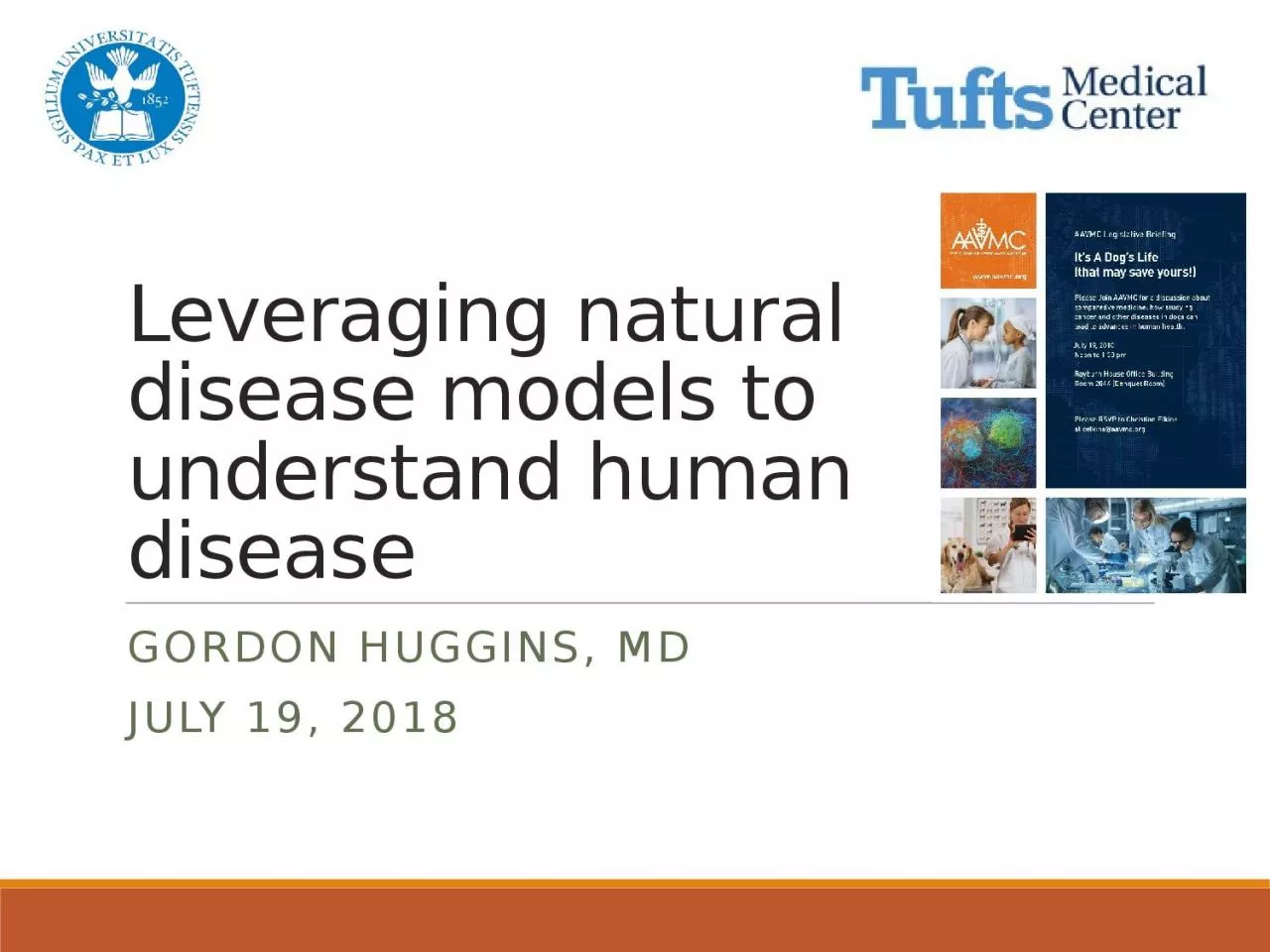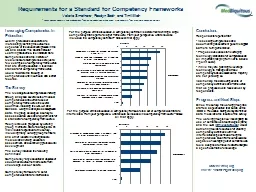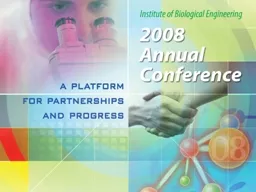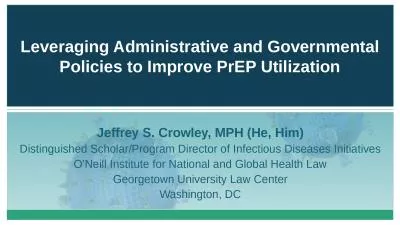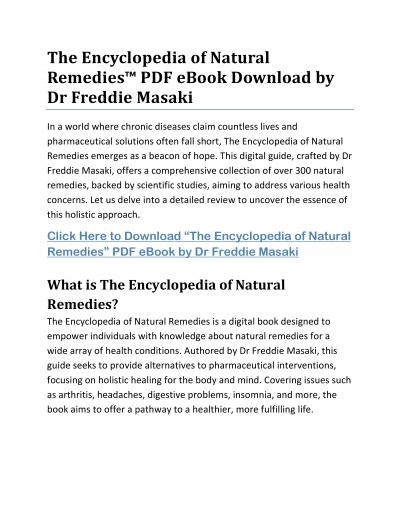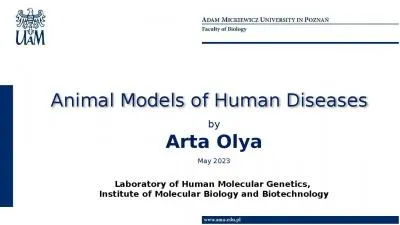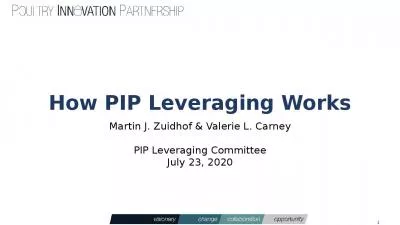PPT-Leveraging natural disease models to understand human disease
Author : AngelFace | Published Date : 2022-08-03
Gordon Huggins MD July 19 2018 Charles Brenton Huggins MD There is a high incidence of abnormal growth processes of tumors in the prostate gland of certain species
Presentation Embed Code
Download Presentation
Download Presentation The PPT/PDF document "Leveraging natural disease models to und..." is the property of its rightful owner. Permission is granted to download and print the materials on this website for personal, non-commercial use only, and to display it on your personal computer provided you do not modify the materials and that you retain all copyright notices contained in the materials. By downloading content from our website, you accept the terms of this agreement.
Leveraging natural disease models to understand human disease: Transcript
Download Rules Of Document
"Leveraging natural disease models to understand human disease"The content belongs to its owner. You may download and print it for personal use, without modification, and keep all copyright notices. By downloading, you agree to these terms.
Related Documents

